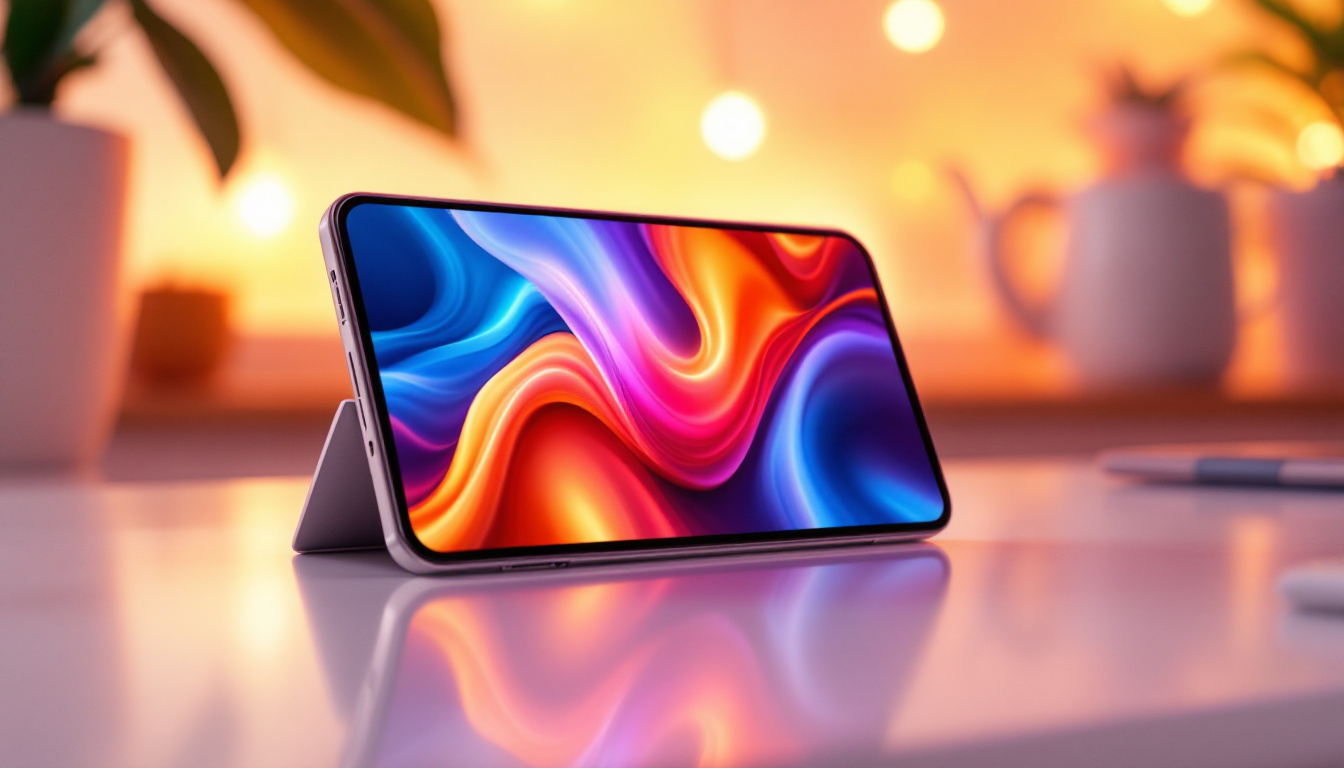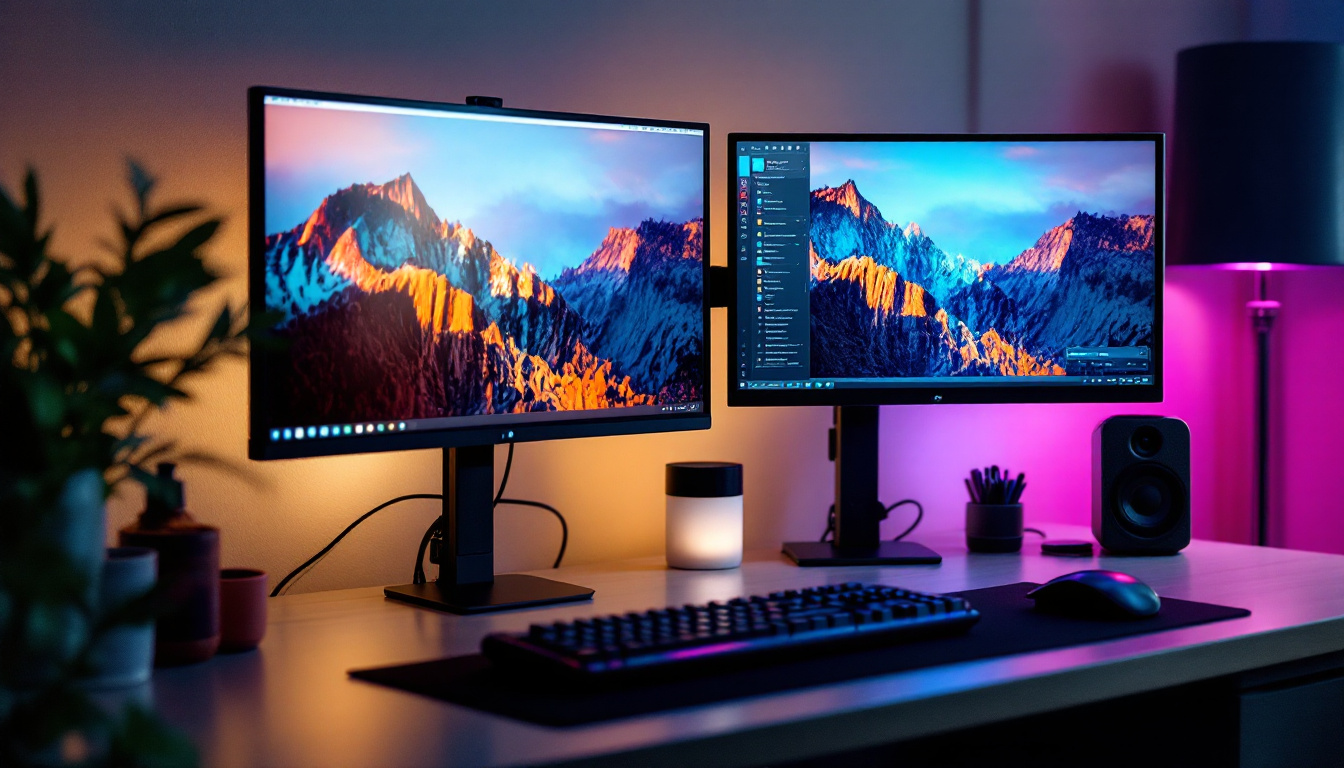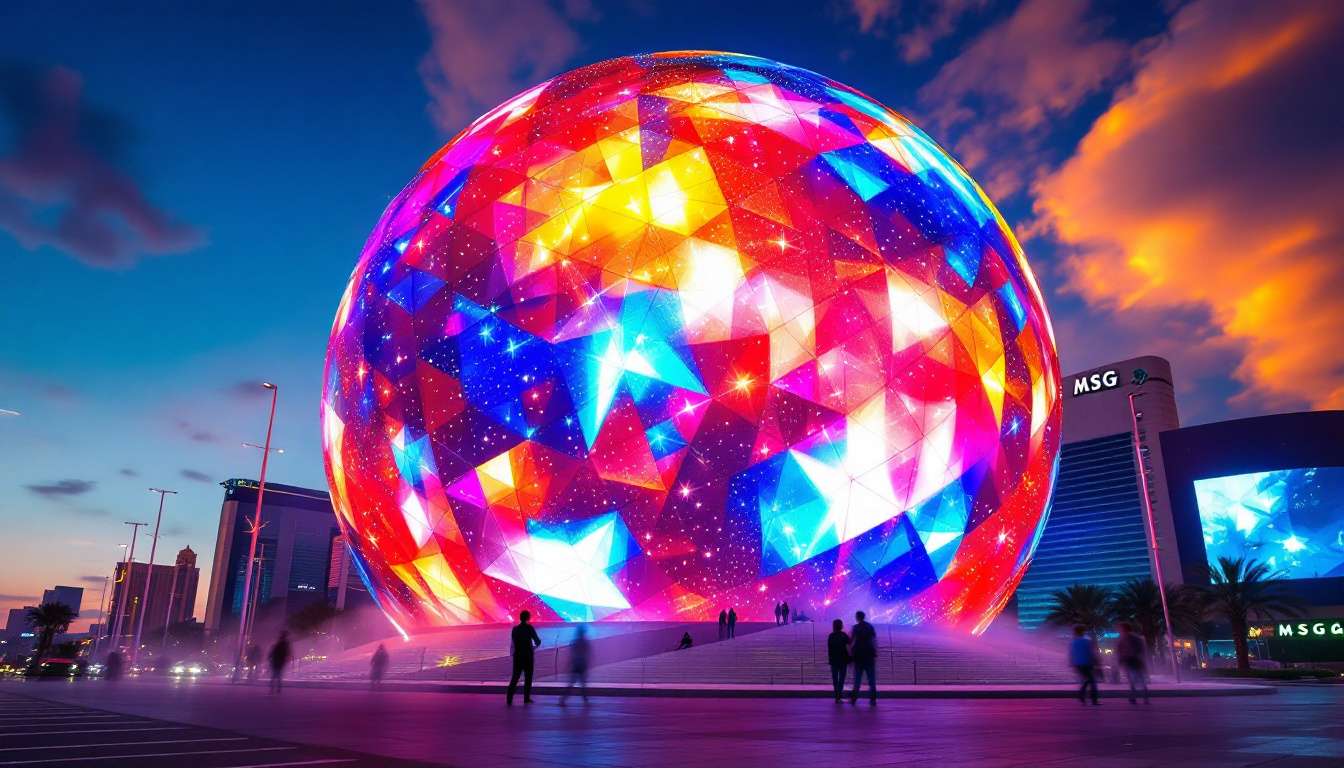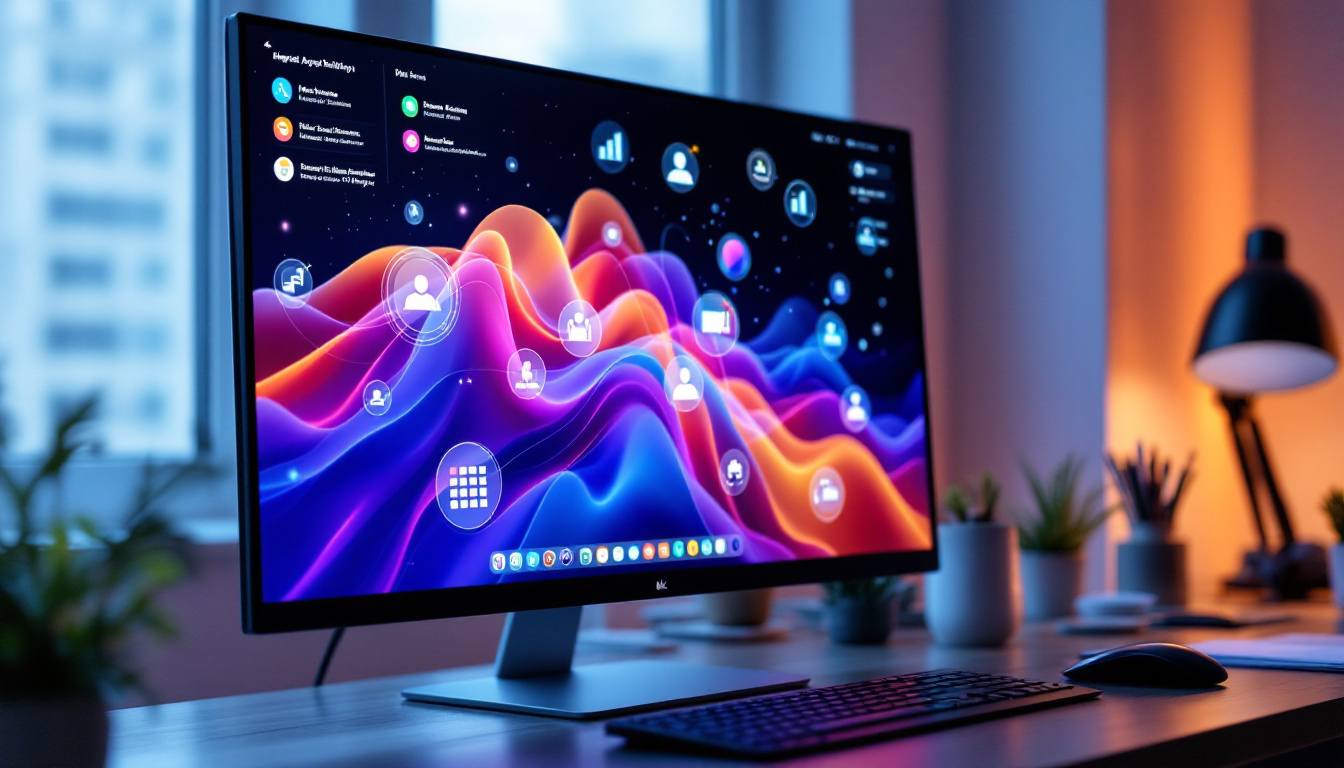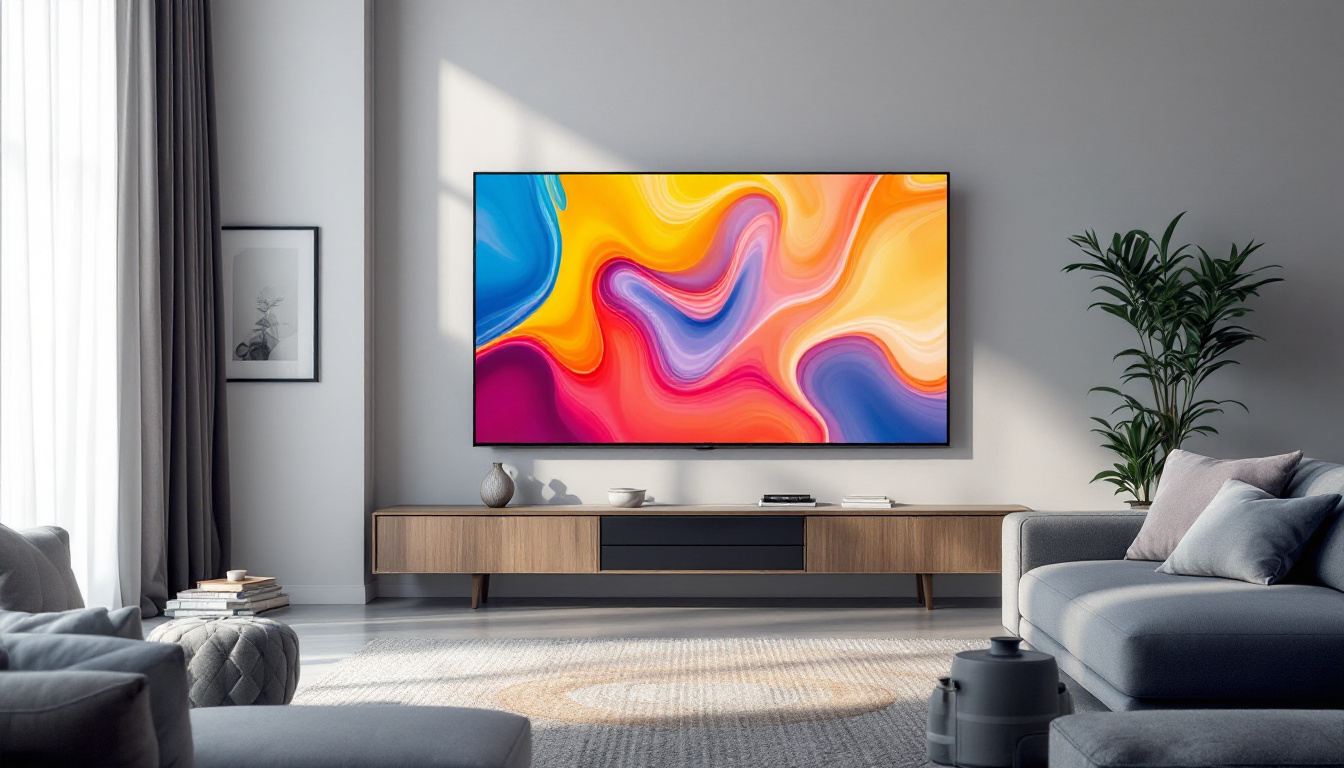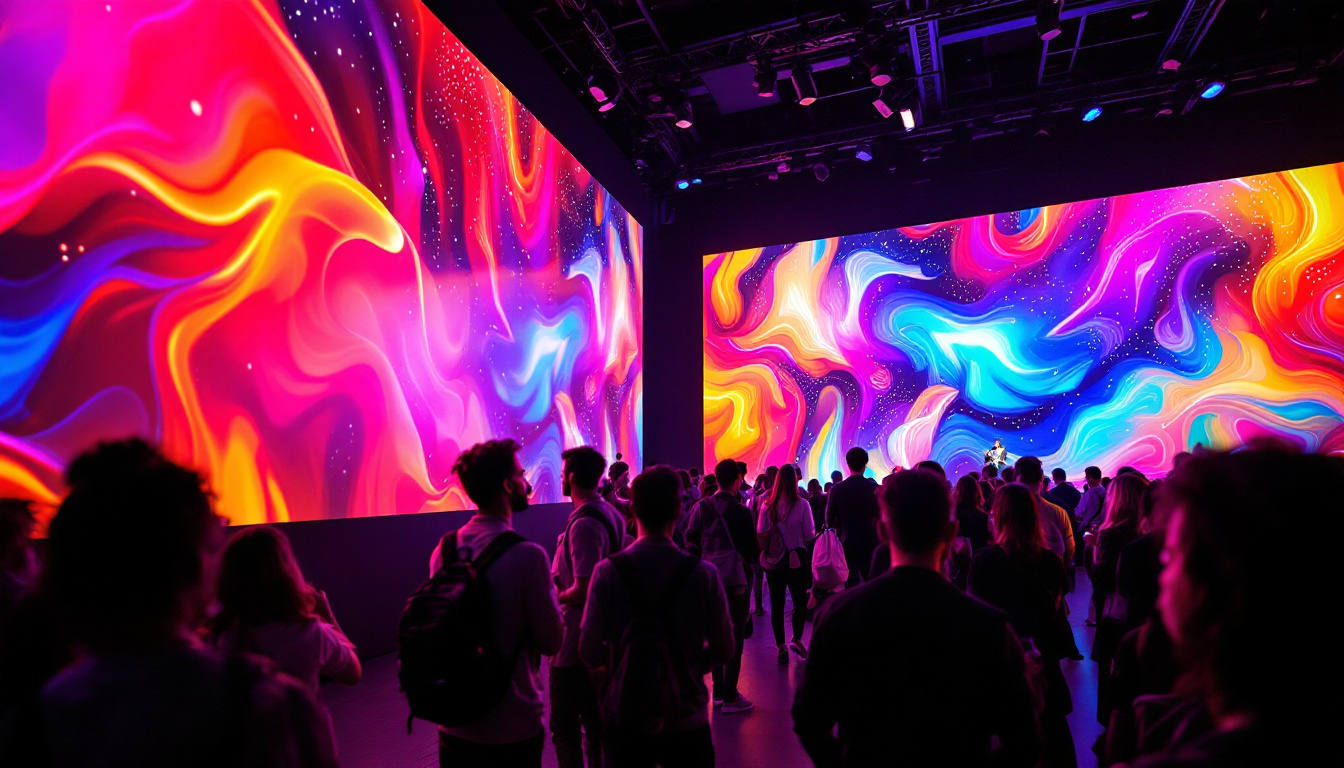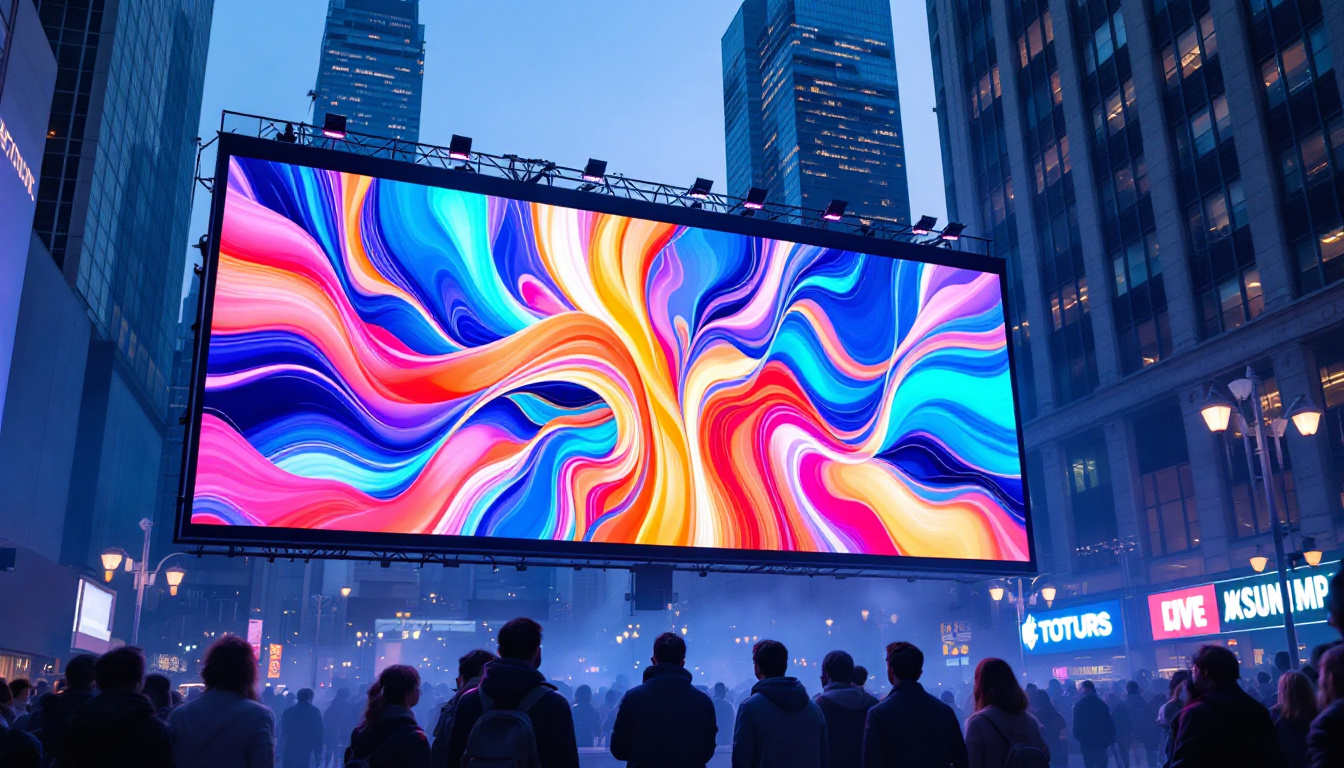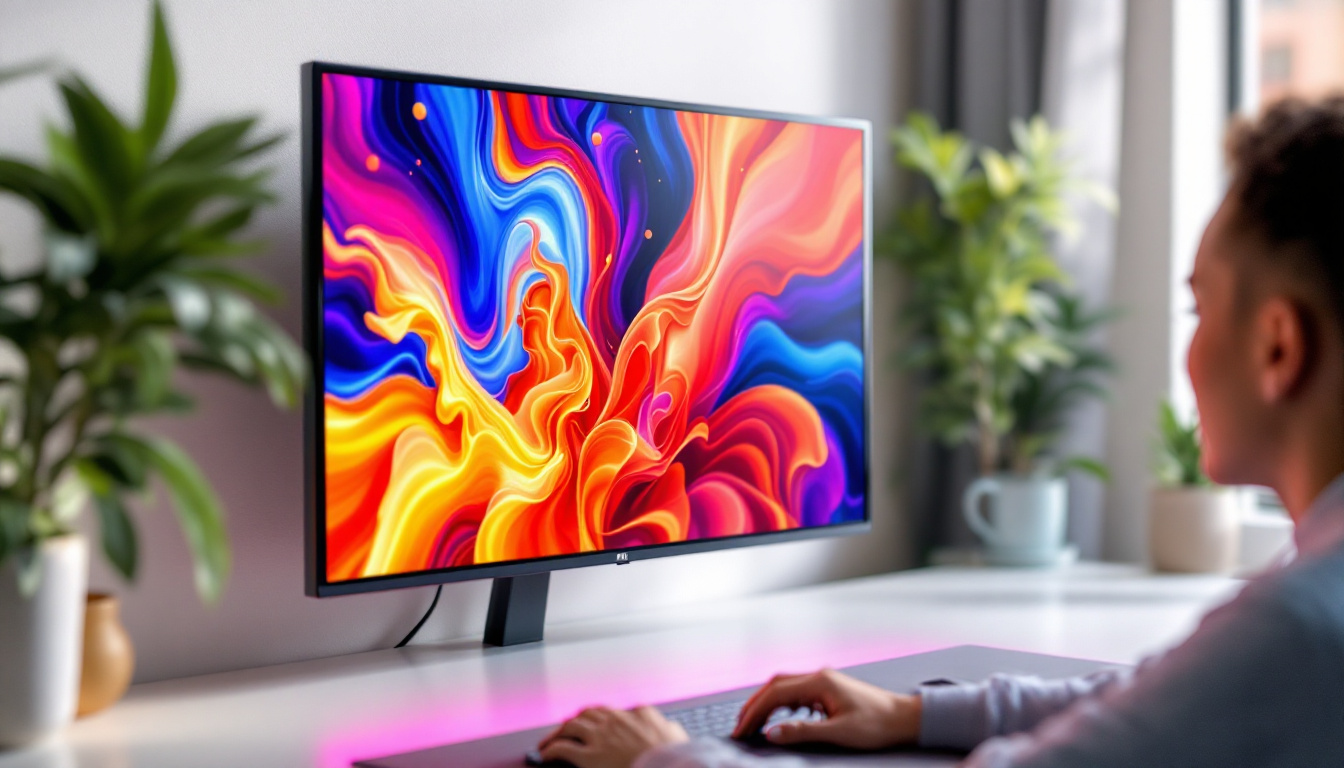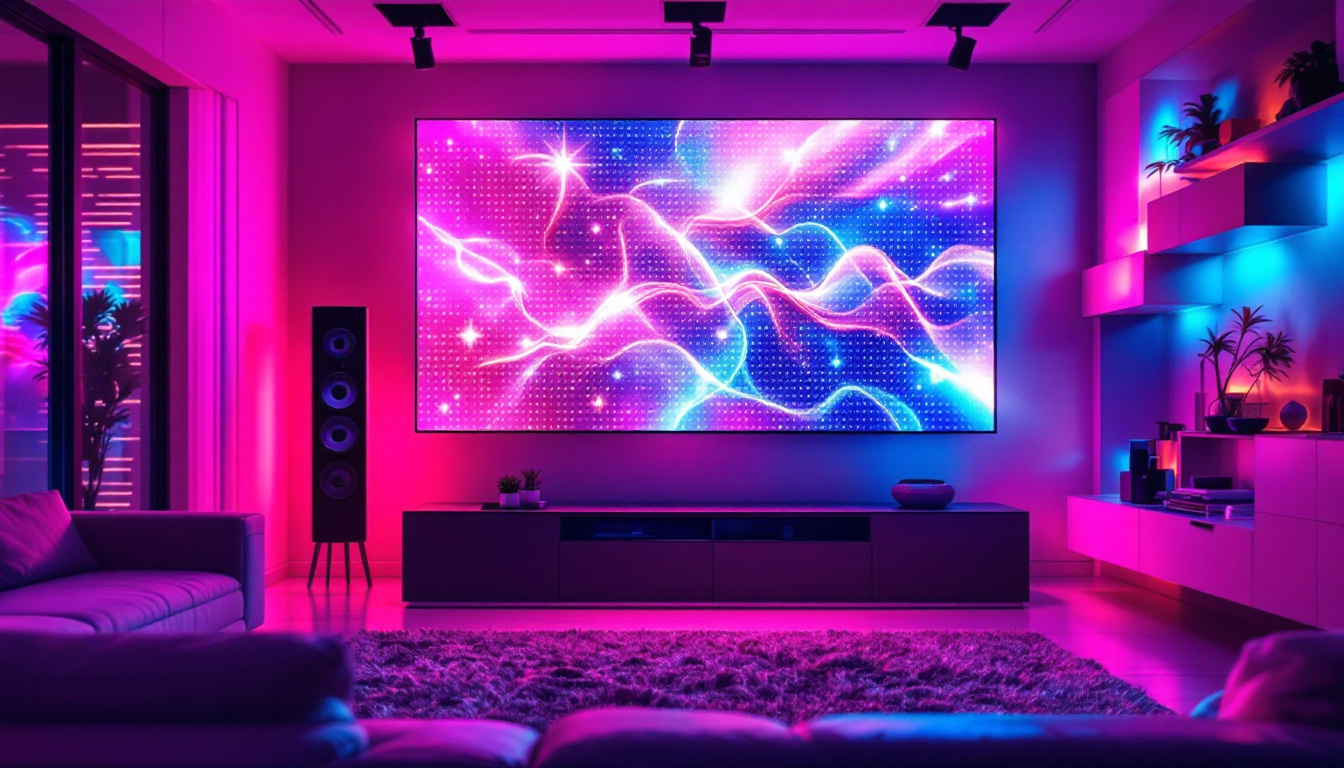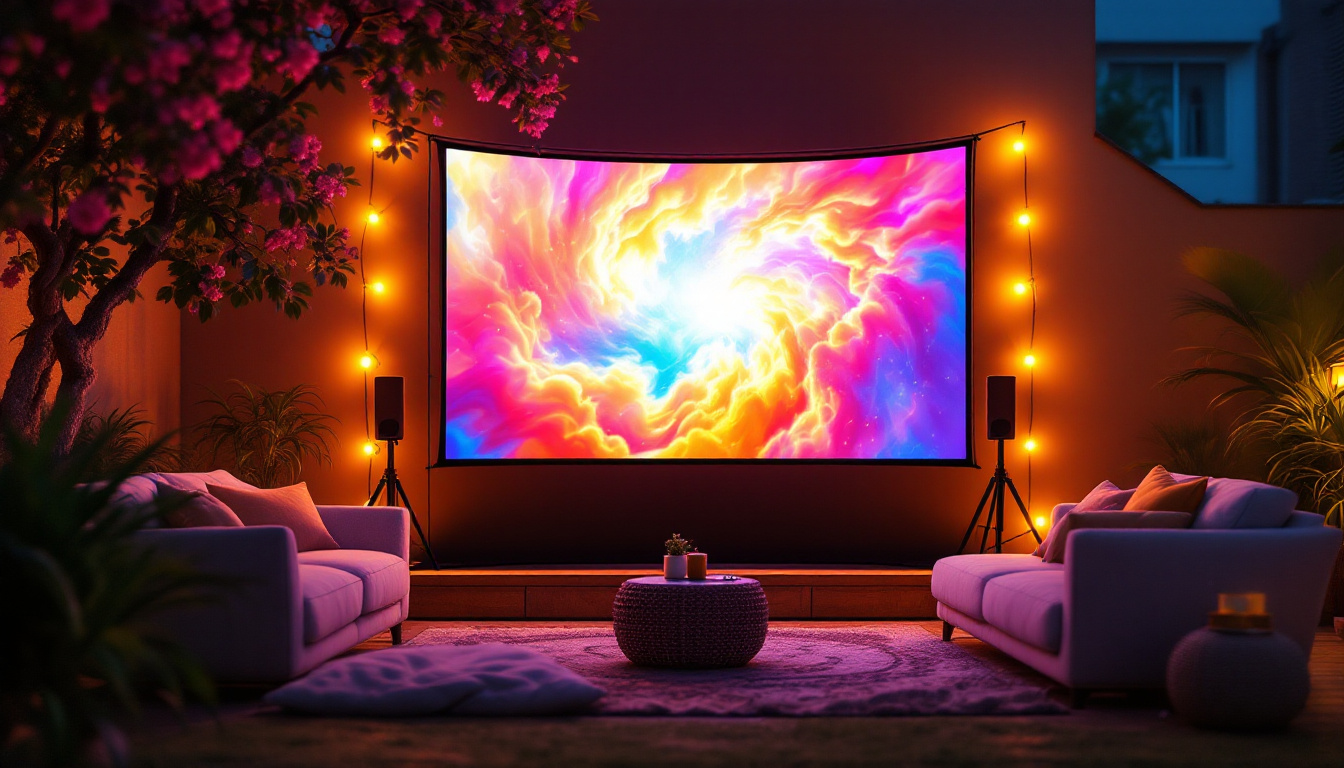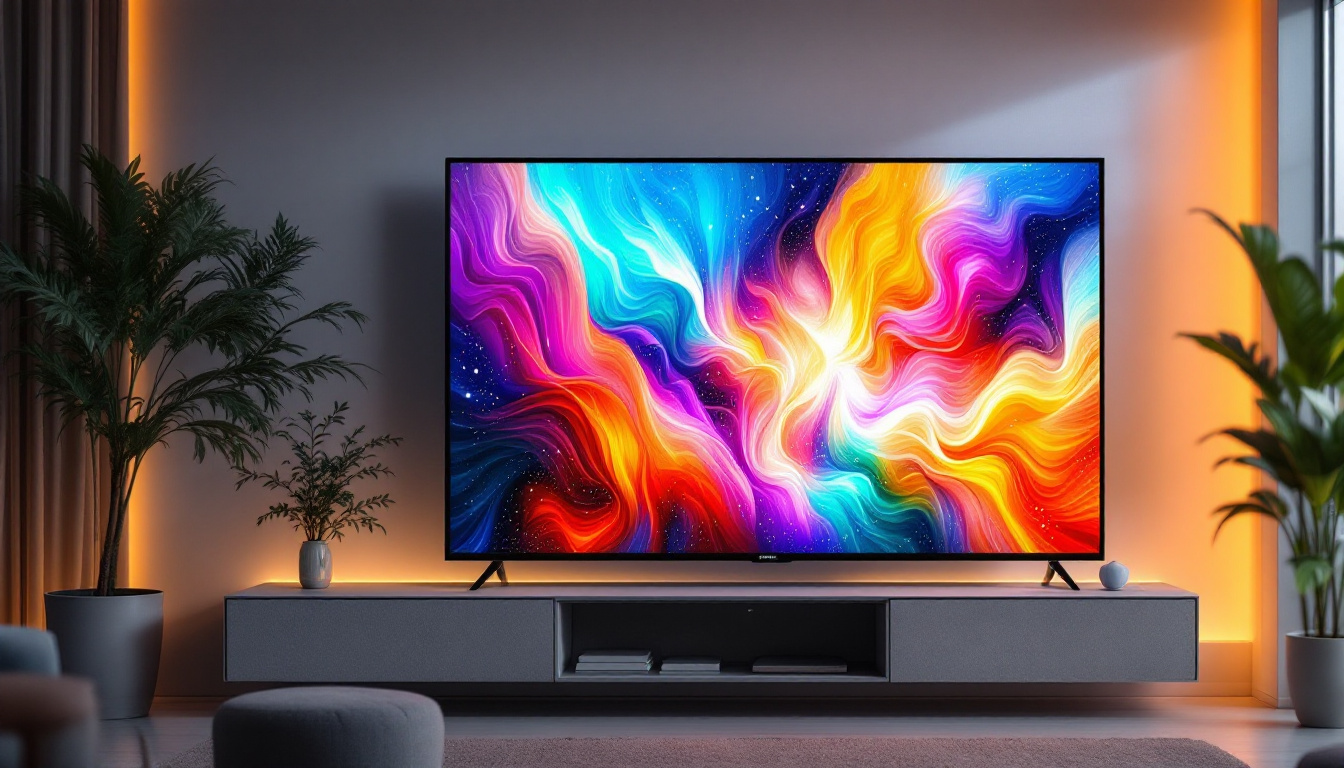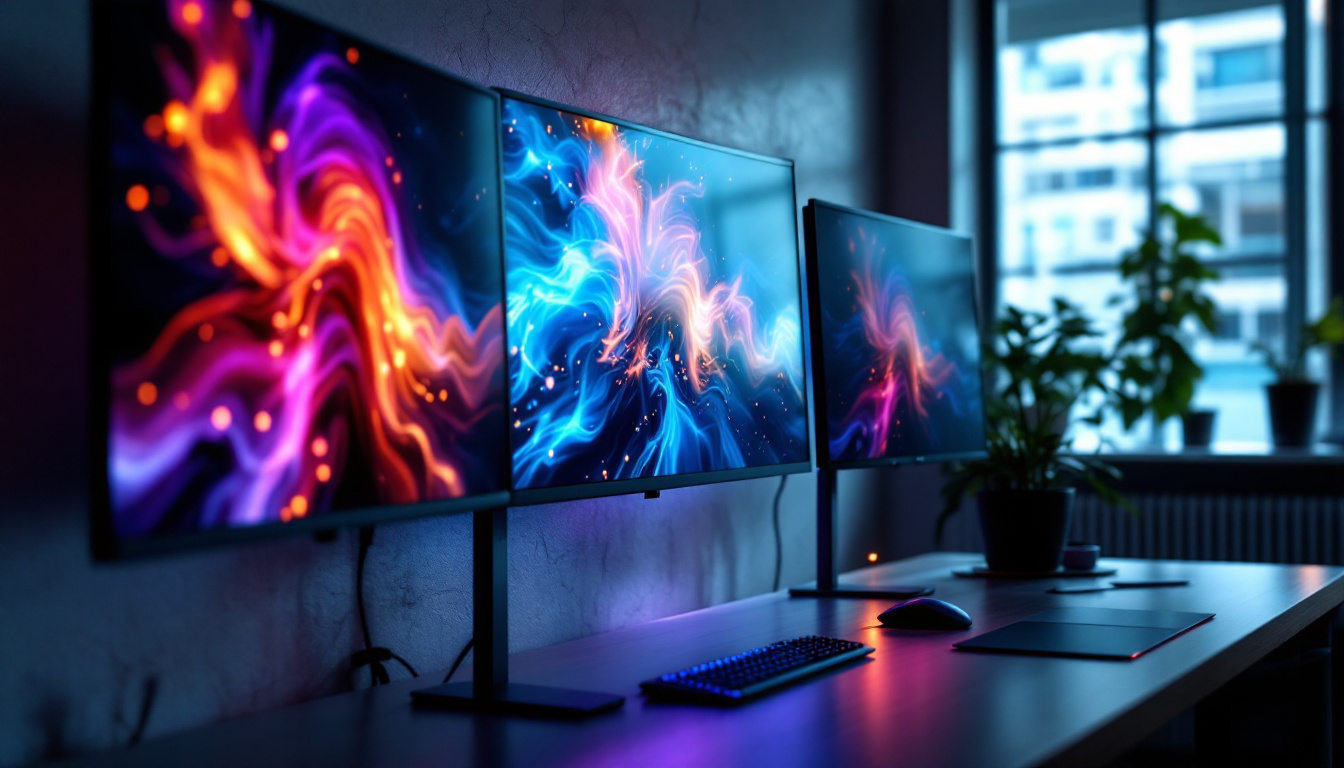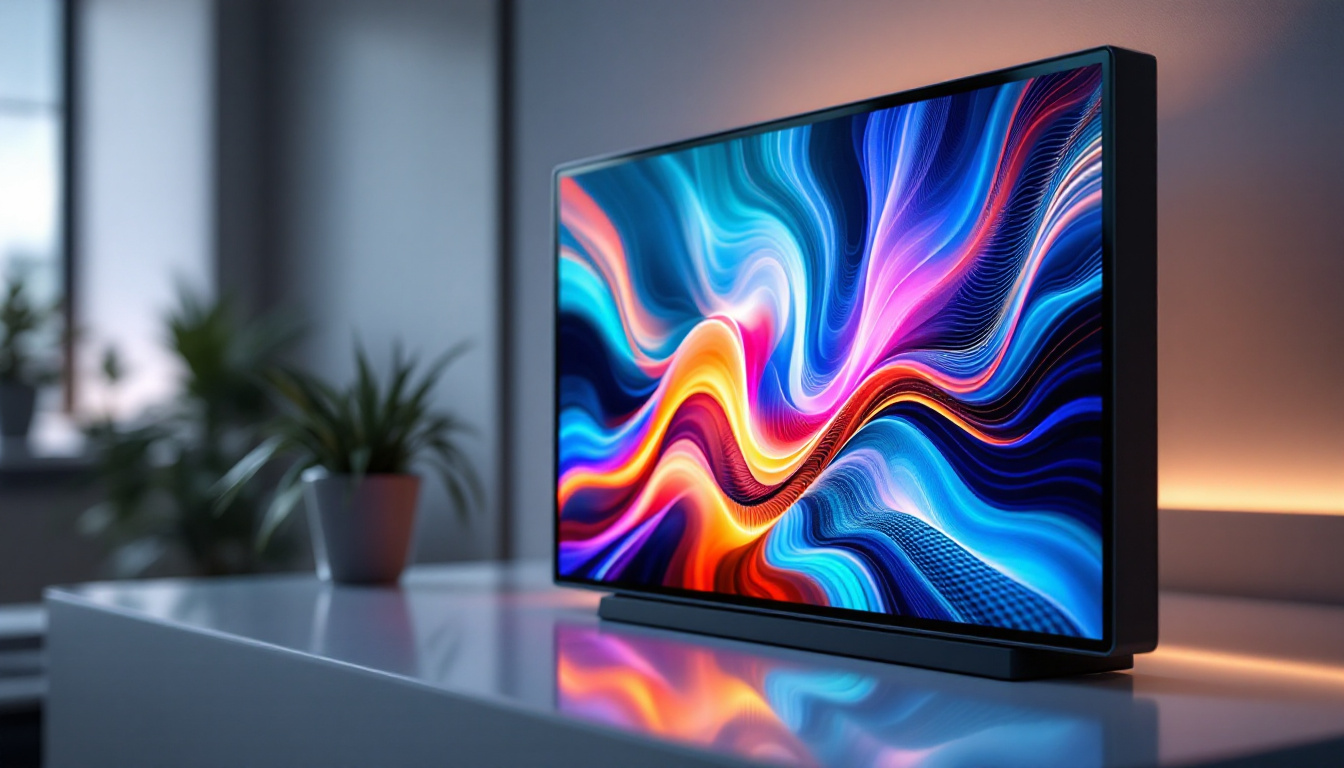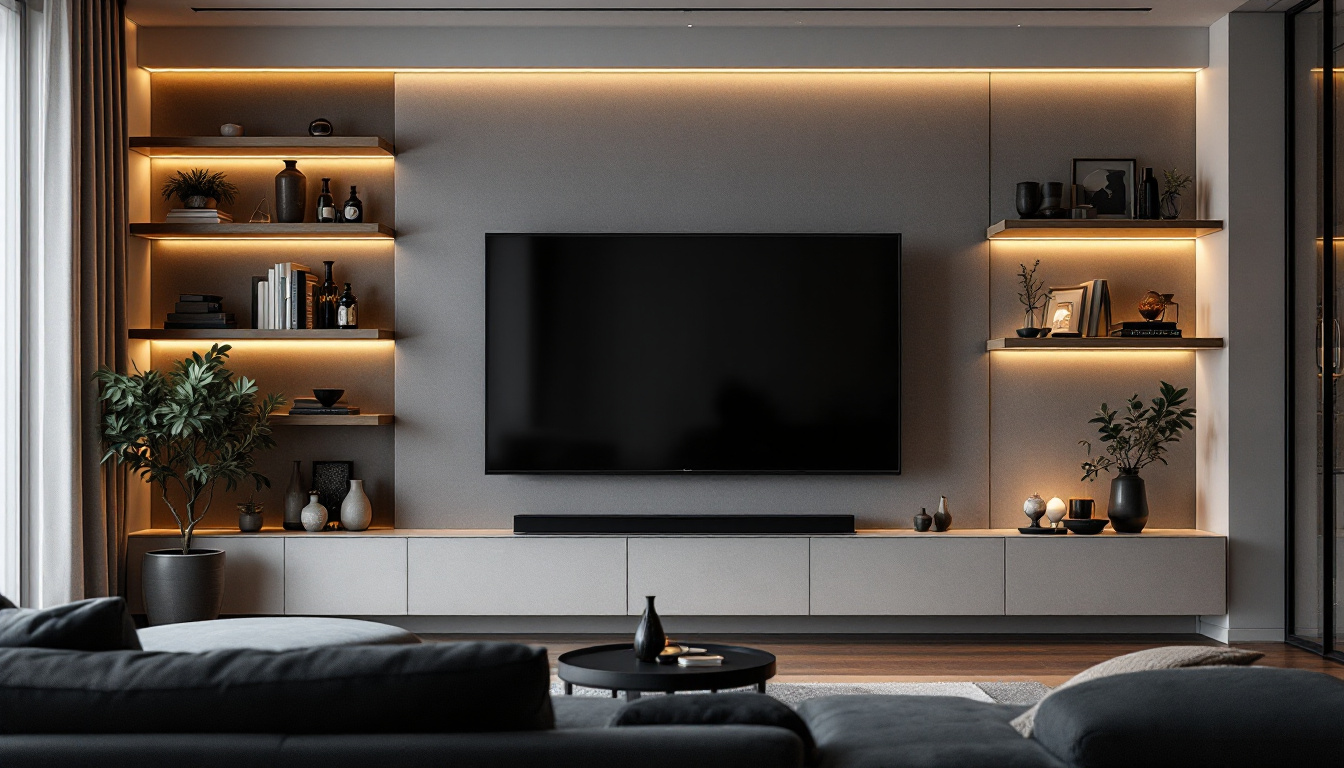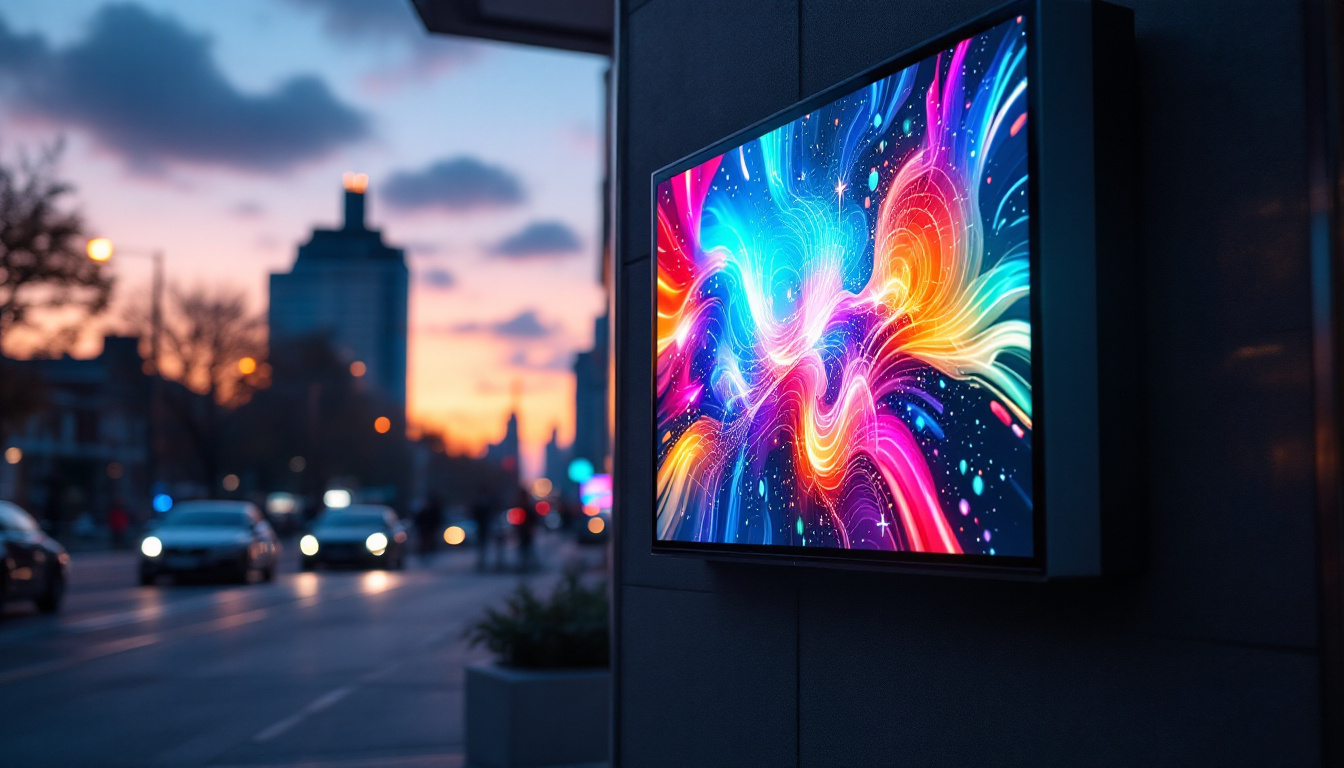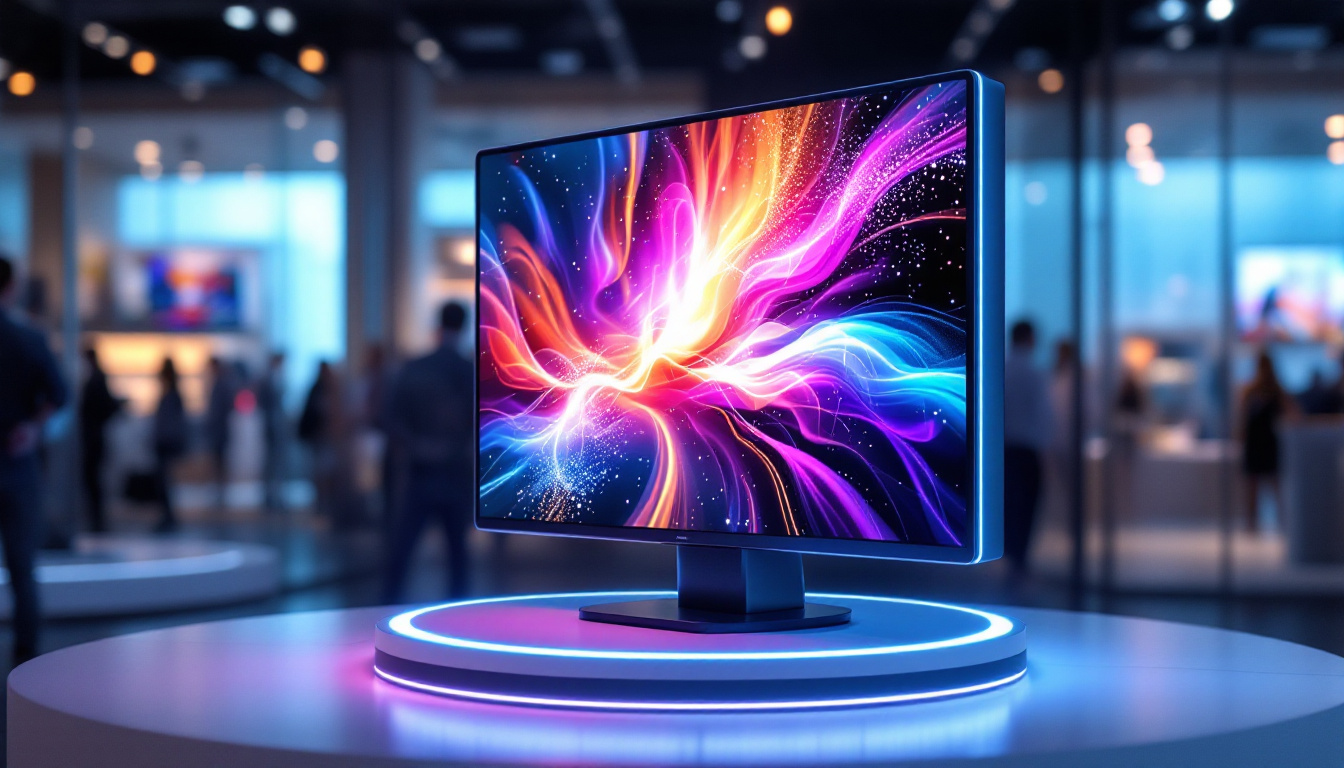In the ever-evolving world of technology, displays have undergone remarkable transformations. Among the most intriguing innovations is the transparent glass monitor, which combines cutting-edge LED technology with a sleek, modern aesthetic. This article delves into the workings of transparent glass monitors, their applications, advantages, and the future they promise in various industries.
Understanding Transparent Glass Monitors
Transparent glass monitors are a unique blend of display technology and design, offering a window-like experience where images and information are projected onto a transparent surface. This innovative approach not only enhances visual appeal but also allows for interactive experiences that traditional monitors cannot provide. With their sleek and modern aesthetic, transparent monitors are becoming increasingly popular in various sectors, from retail environments to museums, where they can seamlessly integrate into the surroundings while delivering engaging content.
How Do Transparent Glass Monitors Work?
At the core of a transparent glass monitor lies LED technology, which enables the display to emit light while remaining transparent. The monitor consists of a thin layer of organic light-emitting diodes (OLEDs) or liquid crystal displays (LCDs) that are integrated into a glass substrate. When powered on, the LEDs illuminate the display, creating vibrant images while allowing light to pass through the glass. This technology not only provides a stunning visual effect but also supports a range of functionalities, such as touch interaction and gesture recognition, which can transform the way users interact with digital content.
The transparency of the glass is achieved through careful engineering, allowing users to see both the displayed content and the environment behind the monitor. This dual visibility creates a captivating effect that can be used for various applications, from advertising to interactive installations. For instance, in retail spaces, transparent monitors can showcase product information while allowing customers to see the merchandise behind the screen, creating an immersive shopping experience that blends digital and physical elements.
Key Components of Transparent Glass Monitors
Transparent glass monitors consist of several key components that work together to create an effective display. These include:
- LED Panel: The heart of the monitor, responsible for generating images and text.
- Glass Substrate: Provides structural support while allowing light to pass through.
- Control System: Manages the display’s content and interacts with external devices.
- Sensors: Often included to enhance interactivity, allowing users to engage with the display.
In addition to these core components, transparent glass monitors may also incorporate advanced features such as ambient light sensors, which adjust the brightness of the display based on surrounding lighting conditions, ensuring optimal visibility at all times. Furthermore, the integration of augmented reality (AR) capabilities can elevate the user experience, allowing for the overlay of digital information onto the real world, making these monitors not just a visual tool but a gateway to interactive storytelling and enhanced learning opportunities.
As the technology continues to evolve, manufacturers are exploring new materials and techniques to improve the performance and durability of transparent glass monitors. Innovations such as anti-reflective coatings and enhanced color accuracy are being developed to ensure that these displays not only look stunning but also function effectively in various lighting environments. This ongoing advancement in transparent display technology promises to unlock new possibilities for creative applications across numerous industries, from architecture to education, where the line between the digital and physical worlds becomes increasingly blurred.
Applications of Transparent Glass Monitors
The versatility of transparent glass monitors opens up a multitude of applications across various sectors. Their unique design and functionality make them suitable for both commercial and industrial uses.
Retail and Advertising
One of the most prominent applications of transparent glass monitors is in retail environments. These displays can be strategically placed in store windows or within product displays, allowing retailers to showcase advertisements and product information without obstructing the view of the merchandise behind them. This not only attracts customers but also enhances the overall shopping experience.
Moreover, the ability to display dynamic content means that retailers can easily update promotions, seasonal offers, or new arrivals, keeping their displays fresh and engaging.
Architectural and Interior Design
In the realm of architecture and interior design, transparent glass monitors are being used to create stunning visual effects. They can be integrated into building facades, allowing for interactive displays that respond to environmental changes or user interactions. This innovative use of technology can transform ordinary spaces into immersive experiences.
Additionally, in interior design, these monitors can serve as decorative elements, displaying art or information while maintaining an open and airy feel in the room. The seamless integration of technology and design is a hallmark of modern aesthetics.
Entertainment and Events
Transparent glass monitors are also making waves in the entertainment industry. They can be used in concerts, exhibitions, and trade shows to create captivating visual displays that engage audiences. For instance, these monitors can be set up as backdrops or stage elements, enhancing performances with stunning visuals that blend seamlessly into the environment.
Furthermore, their interactive capabilities allow for audience participation, creating memorable experiences that leave a lasting impression.
Advantages of Transparent Glass Monitors
The adoption of transparent glass monitors comes with several advantages that make them an attractive option for various applications. Understanding these benefits can help businesses and designers make informed decisions about incorporating this technology into their projects.
Enhanced Aesthetics
One of the most significant advantages of transparent glass monitors is their aesthetic appeal. Unlike traditional monitors, which can be bulky and distracting, transparent displays offer a sleek and modern look. This makes them ideal for high-end retail environments, luxury hotels, and contemporary office spaces where design is paramount.
The ability to see through the monitor while still displaying vibrant content creates a unique visual experience that can captivate audiences and enhance brand image.
Space Efficiency
Transparent glass monitors are space-efficient, allowing for creative use of limited areas. Their ability to provide information without taking up physical space makes them ideal for environments where every square foot counts. For example, in crowded retail spaces or busy event venues, these monitors can deliver messages without obstructing movement or visibility.
This efficiency also extends to installations, as transparent monitors can be mounted in various orientations, including vertically or at angles, providing flexibility in design.
Interactivity and Engagement
With the integration of sensors and touch technology, transparent glass monitors can offer interactive experiences that engage users on a deeper level. This interactivity can take many forms, from touch-sensitive displays that allow users to navigate content to gesture recognition systems that respond to movements.
Such features not only enhance user engagement but also provide valuable data for businesses, allowing them to understand customer behavior and preferences better.
Challenges and Considerations
Despite their numerous advantages, transparent glass monitors also present certain challenges and considerations that potential users should be aware of. Addressing these challenges is crucial for successful implementation.
Cost Implications
One of the primary challenges associated with transparent glass monitors is their cost. Due to the advanced technology and materials involved in their production, these displays can be significantly more expensive than traditional monitors. Businesses must weigh the benefits against the investment required, particularly for large-scale installations.
However, as technology advances and production processes improve, it is anticipated that costs will decrease over time, making transparent glass monitors more accessible to a broader range of users.
Viewing Angles and Brightness
Another consideration is the viewing angles and brightness of transparent glass monitors. While they offer impressive transparency and visual quality, their performance can be affected by ambient light conditions. In brightly lit environments, the visibility of the displayed content may diminish, making it essential to consider the placement and lighting conditions when installing these monitors.
Choosing the right technology, such as OLED for better contrast and brightness, can help mitigate these issues and enhance the overall viewing experience.
Technical Limitations
Transparent glass monitors are still a relatively new technology, and as such, they may come with certain technical limitations. For instance, the resolution and refresh rates may not yet match those of traditional high-end monitors, which can be a concern for applications requiring high-definition visuals.
As research and development continue, it is expected that these limitations will be addressed, leading to improved performance and broader adoption of transparent displays.
The Future of Transparent Glass Monitors
The future of transparent glass monitors appears promising, with advancements in technology paving the way for new possibilities. As industries continue to explore innovative applications, several trends are likely to shape the evolution of this technology.
Integration with Augmented Reality (AR)
One of the most exciting prospects for transparent glass monitors is their potential integration with augmented reality (AR). By combining transparent displays with AR technology, users could experience immersive environments where digital content overlays the real world. This could revolutionize industries such as education, training, and entertainment, providing interactive experiences that were previously unimaginable.
For example, in retail, customers could see virtual product demonstrations or additional information about items simply by looking at them through a transparent monitor, enhancing their shopping experience.
Advancements in Display Technology
As display technology continues to advance, transparent glass monitors are likely to benefit from improvements in resolution, brightness, and color accuracy. Innovations such as microLED and improved OLED technologies could lead to displays that are not only more visually stunning but also more energy-efficient.
These advancements will make transparent glass monitors more competitive with traditional displays, encouraging wider adoption across various sectors.
Broader Applications in Smart Cities
With the rise of smart cities, transparent glass monitors could play a vital role in urban environments. They can be integrated into public spaces, providing real-time information to citizens, such as transit updates, event notifications, and emergency alerts.
This integration could enhance communication within cities, making information more accessible and fostering a sense of community among residents.
Conclusion
Transparent glass monitors represent a fascinating intersection of technology and design, offering unique advantages that set them apart from traditional displays. Their ability to combine functionality with aesthetics opens up a world of possibilities across various industries, from retail to architecture and entertainment.
While challenges remain, such as cost and technical limitations, the future of transparent glass monitors is bright. As technology continues to evolve, these displays are likely to become more accessible and versatile, paving the way for innovative applications that enhance user experiences and transform environments.
In a world where visual communication plays a crucial role, transparent glass monitors stand out as a compelling solution, merging the digital and physical realms in ways that captivate and engage audiences. The journey of this technology is just beginning, and its impact on our daily lives is poised to grow exponentially.
Discover the Future of Visual Display with LumenMatrix
Ready to elevate your space with the cutting-edge technology of transparent glass monitors? LumenMatrix is at the forefront of LED display innovation, offering a wide array of solutions that transform environments and engage audiences. From Indoor and Outdoor LED Walls to Custom and All-in-One LED Displays, our products are designed to revolutionize visual communication. Experience the difference with our LED Transparent Displays and see how we can help your business stand out. Check out LumenMatrix LED Display Solutions today and step into the future of digital signage.


